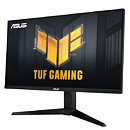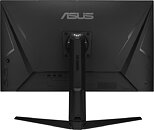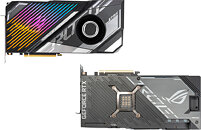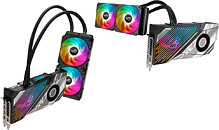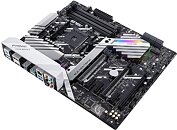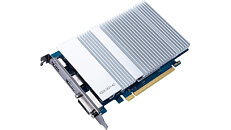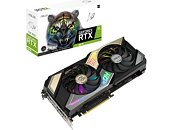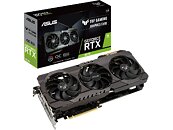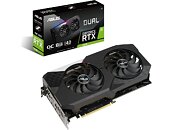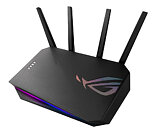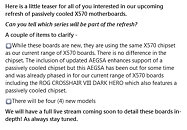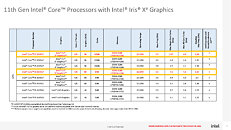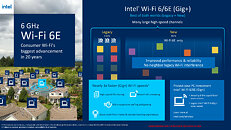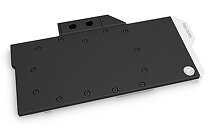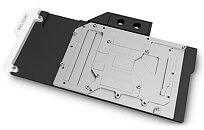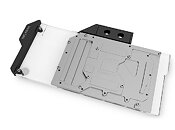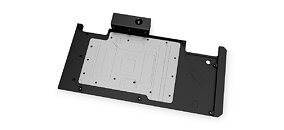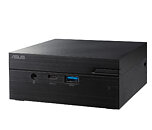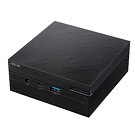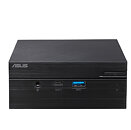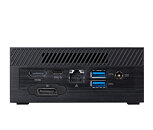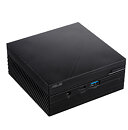
ASUS Announces TUF Gaming VG28UQL1A Monitor
ASUS today announced the availability of TUF Gaming VG28UQL1A, a gaming monitor designed for PC and next-generation consoles. This 28 inch display has a Fast IPS panel and supports up to 4K 144 Hz gaming with a 1 ms gray to gray (GTG) response time as well as Display Stream Compression (DSC) technology, and it offers native 4K 120 Hz gaming without chroma subsampling on the latest consoles via HDMI 2.1. Compatible with NVIDIA G-SYNC, it also supports AMD FreeSync Premium and ASUS Extreme Low Motion Blur Sync (ELMB Sync) to eliminate smearing and motion blur for fluid and responsive gameplay. In addition, ASUS Variable Overdrive technology ensures consistently smooth visuals at variable frame rates.
TUF VG28UQL1A has an HDMI 2.1 port that enables native 4K 120 Hz visuals (4:4:4) when playing on the latest gaming consoles. An Auto-Low-Latency mode helps reduce input lag to ensure extremely fluid gameplay, and Variable Refresh Rate (VRR) technology prevents tearing and stuttering for a completely immersive next-gen console gaming experience. In addition, a DisplayPort 1.4 connection offers stable 144 Hz visuals, with DSC technology handling ultra high-definition video streams at high speeds so there's no perceptible loss in image quality when gaming on PC.
TUF VG28UQL1A has an HDMI 2.1 port that enables native 4K 120 Hz visuals (4:4:4) when playing on the latest gaming consoles. An Auto-Low-Latency mode helps reduce input lag to ensure extremely fluid gameplay, and Variable Refresh Rate (VRR) technology prevents tearing and stuttering for a completely immersive next-gen console gaming experience. In addition, a DisplayPort 1.4 connection offers stable 144 Hz visuals, with DSC technology handling ultra high-definition video streams at high speeds so there's no perceptible loss in image quality when gaming on PC.
